Audio Shootout: The 10 Best Tape Saturation Plugins on the Market
As the recording world pushes towards digital, the need for solid tape emulation plugins goes up immensely among any engineers, producers and musicians looking to recreate the kind of tones they grew up loving.
Sure, owning an actual tape machine would be nice, but as they become more scarce and more expensive—not to mention, comparatively more limiting to use— the solution is to look towards options within the digital realm.
To that end, I took on some of the best tape emulation plugins available to find out how they performed, and help you decide which ones deserve to make their way into your DAW.
Ultimately, the choice of tape plugin comes down to your taste and your goals. Each of the entries on this list are fantastic in their own right, so the particular order I’ve presented them in here shouldn’t factor too much into choosing which one is right for you.
To help you get a taste for them, I ran a short drum loop through each of the plugins on offer. This loop was made with Native Instruments Session Drummer, with all EQ, compression, and built-in tape saturation turned off. You can listen to a full audio shootout of all these plugins for yourself toward the end of this post, or download all the full resolution files here.
The changes between the dry and processed tracks is subtle in almost every case, so make sure you listen on headphones or good monitors (although, if you’re reading this, you’re probably the kind of person who knows that much already). I kept the plugins as close to the default settings as possible, only tweaking them when there was little to no difference between the processed and unprocessed versions.
Slate VTM
Starting off the list is a tape plugin in its purest form. The Slate Virtual Tape Machines is an easy-to-use and affordable plugin, with great sound to boot. It’s a highly versatile piece of kit, somehow finding its way onto most of my mixes.
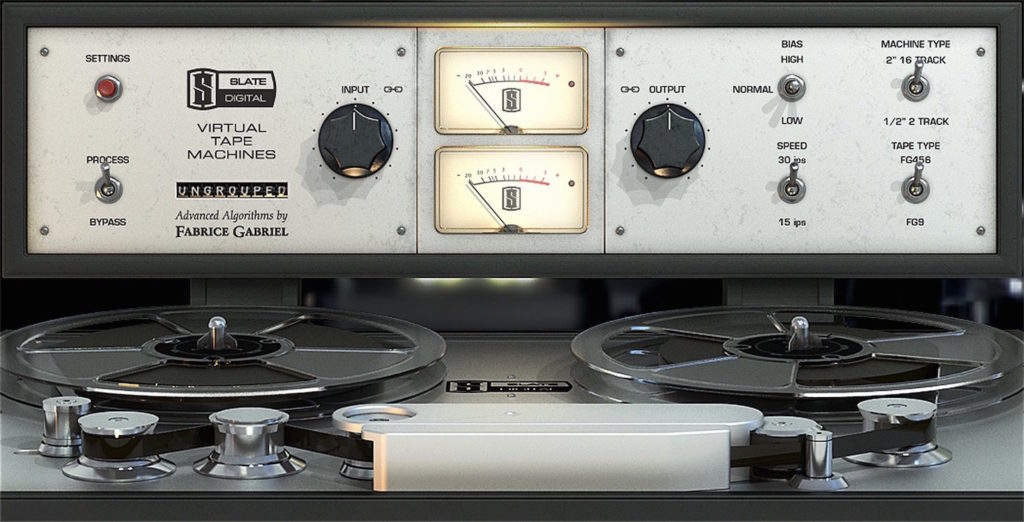
Slate VTM
It’s also one of the more subtle plugins on this list, truly shining when stacked across multiple tracks. The efficient coding makes that possible too, as it eats up only a small amount of CPU resources, even across many instances.
That said, VTM can still work wonders as a single entry on your mix. Throwing it on a drum or mix bus adds a warm polish, usually with little to no tweaks required. It’s an all around great sounding plug, working as utility in almost any situation.
That’s also the downside to VTM. It doesn’t do anything special. While you’ll certainly get the tape sound, you won’t find a unique way to create effects or shape any source. The sound is fairly stock and, because of that, serves as a nice baseline for other tape plugins to square off against.
Newcomers to the audio world should certainly jump on VTM, as simply adding it to tracks can improve the sound in almost any case. It’s still a great utility for veterans as well—just don’t expect to get too fancy in creating new sounds.
UAD Oxide Tape Recorder
I found the UAD Oxide Tape to be one of the more subtle effects on this list, even more so than VTM. Where the sound with VTM is slightly rolled off in the top-end, Oxide brightens up the transients just a bit.
It also sounds much more natural. While throwing VTM on a track can certainly bring some life to it, the subtlety of the Oxide is where it truly shines. It adds just a small amount of clarity, and a small amount of depth. Spread that across multiple tracks and that can add up to something special.
This sound quality should come as little surprise from the DSP usage king. While the hassle of committing tracks exists even for those who have multi-core systems, the payoff is well worth it. Often times, adding the Oxide to a batch of tracks, committing, and repeating is can make for a large leap on the cohesiveness and sonic character of a mix.
This isn’t the last UAD plug I’ll suggest because quite a few of theirs sound great. However, it is also comes toward the start of the first as it provides such a good baseline for the other plugins to be compared to. It encompasses what makes tape so great, fit with subtle bumps in clarity and enhanced low-end, all without ruining the musicality of a track.
While the cost of a DSP accelerator and the plugin may be a bit too much for a newbie, those who already own a UAD system or have the coin to flip will find a wonderful plugin with Oxide. It seems to work on just about everything, with little fuss, even in its default configuration.
McDSP AC202
The AC202 from McDSP goes in the complete opposite direction of the first two plugins on our list, offering a whole slew of options to sculpt the sound to your taste. It appeals more to a hands-on approach, for those who want the option of tweaking the sound until it fits perfectly to the source.
However, that means it usually isn’t ideal to go across all tracks. For me, the AC202 serves as a clutch plugin that comes in handy when everything else simply isn’t cutting it. There are several different tape formulations, adjustable frequency rolloff with lowend bump, and saturation recovery time.
While the AC202 is the particular unit we’re looking at for this list, the plugin actually comes with two different parts. McDSP calls it “Analog Channel”, featuring both the AC101 and AC202. The former emulates preamp circuits, and the latter (obviously at this point) emulations tape saturation.
With so many options under the hood, it’s hard to pin down a particular sound for the AC202. It can vary widely, and our test sample is only one of many different results possible. Our sample here goes for a more warm sound like the VTM, but a clarity-focused sound like the Oxide could easily be achieved as well.
The AC202 is a highly versatile plugin, with great sound and a pretty inexpensive price tag. It takes bit more work, but it works whenever you’re in a pinch, kind of like a great swiss army knife of saturation. While newcomers may feel lost under all the options, it can serve as a great learning tool, and can adapt to nearly any source.
Crane Song Phoenix II
Phoenix is another versatile plugin, much like the AC202. Unlike the McDSP plug, this bad boy is nearly $500. Not without reason however as the Phoenix brings with it decades of design experience from Dave Hill, and a fantastic sound that’s difficult to contend with.
You get five different flavors of tape to choose from. Names like Luminescent, Iridescent, Radiant, Luster, and Dark Essence don’t mean much on their own, but each one writes a completely different signature on the sound. For reference, the “Luminescent” option is meant to be a baseline tape sound, and you can experiment with the others depending on your source.
Those five options combined with the three levels of tape “glow” allow this plugin to be so versatile without being overly complex. “Gold” is the flat tape sound, and the default glow setting for the plugin. However, you can switch the glow to Sapphire for more brightness or Opal for more warmth.
The GUI looks a bit dated, yes, but don’t let that turn you off from Phoenix. It’s simply one of the best tape emulation plugins on the market. It takes well to nearly any source, with plenty of options to sculpt a true tape sound virtually.
Sound Toys Decapitator
The oddball on our list, Sound Toys’ Decapitator is still a worthy plugin to consider for tape emulation. While it certainly isn’t a dedicated tape plugin, you can achieve quite a unique sound without going into full overdrive.
If you didn’t already know, Decapitator is an all-in-one saturation solution, meant to emulate five different pieces of analog hardware. It’s the only one that made it on to this list that isn’t a dedicated standalone tape simulator. Also in opposition to the other plugs on this list, Decapitator’s goal is to be heard. It’s such a popular tool—and for good reason—that we allowed it to do what it does best and break all the rules, earning it slot number 5 in this roundup.
Decapitator can be incredibly overbearing if you want it to, easily breaking up any signal you feed through it. A “mix” knob helps alleviate some of the more nasty breakup, but it’s a bit difficult to find a subtle sound without most of the plugin’s controls sitting dormant.
That doesn’t mean it’s without its use. Decapitator can create unique sounds that other saturation plugins struggle to keep up with. Even our sample—which is about as modest as the plugin gets—has a coloration that’s difficult to match.
Decapitator can do just about anything, which is makes it a bit of a double-edged sword. It isn’t a plugin you just throw up and hope for the best from, but instead one that takes some serious tweaking to get right. Once you do however, it’s difficult to settle for anything else.
UAD Ampex ATR-102
Jumping back into “subtle” mode, we have another UAD plugin. (No, this won’t be the last one either.) The Ampex ATR-102 is a legendary tape machine, accountable for part of the clean sense of polish heard on thousands of hit records. UAD, with its DSP acceleration, brings that same sound to the virtual realm.
While some plugins on this list can used across each element in a mix, you’re likely to only use the ATR-102 once. It’s a mastering tape machine, meant to be used as a single instance across an entire mix to add an extra layer of analog glow.
As you’ll hear in our test file below, the sound breaks a bit up near the high frequencies. It manages to increase the top-end without becoming too shrill, adding an extra layer of excitement and depth to digital recordings.
That certainly isn’t the only sound you can get from it, though. While the glue-like character of the plug stays intact across settings, the tonality of it can vary widely. While the top-end always presents that pleasant, tape breakup, you can tweak the unit for a more subdued and warm sound as well.
Given its DSP usage and its design the, ATR-102 has no place on individual tracks in your average mix. What makes it so special is when it’s thrown up after a mix is finished to add a little magic on top. It’s a bit difficult to describe, but impossible to ignore.
UAD Studer A800
Coming in as the third UAD plugin on this list, the Studer A800 is an iconic piece of kit. As opposed to the other offerings from the DSP king, the A800 presents an angle that neither of the previous instances have fully accounted for: The dedicated multitrack tape recorder.
The original A800 was introduced back in 1978, hitting the market as the first microprocessor-controlled tape machine. Clearly, the tradition of implementing cutting edge tech into audio has continued to this day, even when we’re looking to the past for cues. This UAD design of the classic aims to hit the same mark the original unit did.
Its recommended use is to be the first insert across every single track. It’s a subtle sound, intended to add up over each instance for an accumulative effect. However, that also means it’s a bit difficult to hear its effect in isolation.
The effect in our example is a bit tough to spot, so make sure you listen for the extra “glue” between the different elements of the drum kit. This was a singular instance, though, so don’t expect the plugin to do so little when you apply it across every instance in a mix.
Again, the idea here is to apply it across all your tracks, and then begin mixing. It usually informs better mixing decisions, helping to more clearly show when the compression is too heavy, or when a track needs a bit extra EQ.
Waves J37
Moving away from DSP and back into the native world are a couple offerings from Waves. Their first entry, the J37, attempts to recreate the iconic Abbey Road machine, with three different tape formulations to boot.
With the J37, you get the same kind of buttery top-end as with the Studer which is quite nice considering it’s a native plug. That makes sense, considering the original J37 was a Studer design that was modified by EMI. However, compared to the A800, this sound is much more transient focused.
As you’ll hear in the example below, the snare seems to pop just a bit more than the A800 version. While you certainly can use across your entire mix (and I’d urge you to try) to me it seems that individual tracks take this plug the best.
Don’t take this specific sound as its only trick, however. The J37 is a very diverse plugin, capable of producing many different flavors of the tape sound. The three different tape models all bring a different curve, with dedicated controls for Bias, Wow, Flutter, and more to tweak the sound to exactly what you want.
The J37 is quite impressive, especially considering how cheap it is. While the Studer A800 still beats it out in my book, the Waves offering is clearly nipping at UAD’s heels. You’re getting a creamy, top-end breakup that’s very similar to the DSP offering, but for far less money.
Waves Kramer Master Tape
Another offering from Waves, the Kramer Tape Machines model the Ampex 350 and 351, famously used by Eddie Kramer on dozens of major records. A lot of buzzwords surround it, yes, but don’t discount the acclaim for this plugin as simple hype. It’s a low-cost unit that gives you the tape sound without fussing around too much with your budget.
With the Kramer Master Tape you’re getting that classic tape sound still. It’s a very subtle effect here, gluing the track together a bit and adding a little sparkle to the top-end. However, you could just go all out and drive the plugin to oblivion, creating total distortion and compressing each track in an interesting way.
That’s really the beauty of this plugin: While it’s not as much of a Swiss Army knife as some of the other options on this list, it can still produce some unique and interesting sounds.
Where it differs is how it should be used. While there are no hard rules in audio, I found this plugin didn’t work well for me when put across individual tracks. It will change the sound, but it generally came across sound more digital than analog to me in that situation.
I found the best use case here is across your 2-track. Setting up the Kramer tape there with a subtle amount of saturation doesn’t produce hair-raising effects immediately. It does, however, set up a solid flow of audio so that, once your master is complete, the overall track seems to have a significant bump in quality and character.
UAD FATSO Jr.
We’ve reached both our last plugin, and our last plugin from UAD. There are four entires from them, yes, but that’s because each stand on their own, offering uniquely different angles on tape saturation. The FATSO Jr. is no different, taking an Empirical Labs design digital.
Don’t fret on the name, it stands for “Full Analog Tape Simulator and Optimizer.” Don’t fret on its position in this roundup either. Put simply, it is one of the best tape saturation plugins on the market, and probably a close contender for first place on this list.
Fatso is something of a “meta” plugin in that it’s a digital emulation of an analog emulation of tape saturation. In its milder settings, it truly recreates the sound of an analog circuit, smoothing out the rough edges of a digital recording and providing a subtle breakup. It’s also effectively a compressor that can employ a heavy amount of tape saturation in order to produce a more aggressive effect that really makes it shine.
At least, that’s where I found the unit sounds best. As you’ll hear in our example below, you can get quite a bit of breakup on the FATSO without pushing it too far. The transients distort just a bit as they slam against the compressor, giving one of the more realistic breakups of any plugin on this list.
That example doesn’t even show off the compression options available. In our drum example, the FATSO did wonders in opening up the stereo space. The tranisents of the snare are compressed and focused, while the bass drums booms with the sound of the room mics.
It may not be for everyone, as the FATSO (and all Empirical Labs devices) stand apart from other units. However, if you’re comfortable with a compressor and the coin to flip to get started with a UAD system, I couldn’t suggest of a better option to add some unique color, flexibility, and fun to your system.
The Shootout
Well here it is, the part we’ve all been waiting for. (Maybe you even jumped right to this section!) Without further ado, let’s hear these in action. Which ones stand out to you? Which seem the most useful for your approach?
Summing it Up
Tape emulation plugins continue to sound more realistic as the coding becomes more mature, and the DSP more powerful. Each of the options presented here can stand on their own, so listen to the tracks and decide which flavor is best for you to get started with.
For an all-around great sound without spending too much, it’s hard to not recommend Slate’s VTM. It’s dead simple to use. In most cases, all you’ll need to do is simply load it up. For some more versatility however, the AC202, Decapitator, and FATSO are all solid options that can do a lot more than the average tape sim. And if you’re looking for the top of the line in authentic emulation, the Universal Audio options on this list are all a good excuse to finally make the plunge into adding a UAD accelerator of some kind to your workflow.
Which plugin are you most interested in? Which sounded the best to you? And did we leave of any of your favorites? Let us know in the comments below and, as always, thanks for reading.
Jacob Roach is a writer, producer, and engineer from St. Louis, Missouri.
For more great insights into both mixing and mastering, try our full-length courses with SonicScoop editor Justin Colletti, Mixing Breakthroughs and Mastering Demystified.


Please note: When you buy products through links on this page, we may earn an affiliate commission.







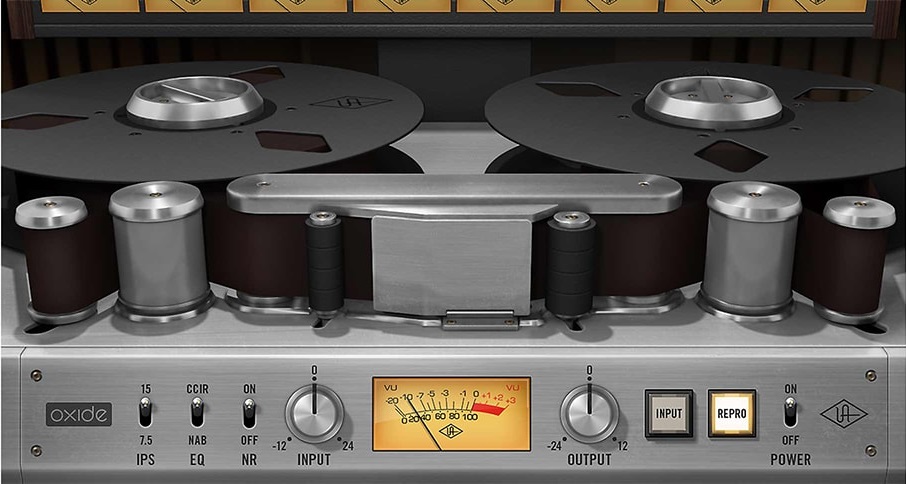

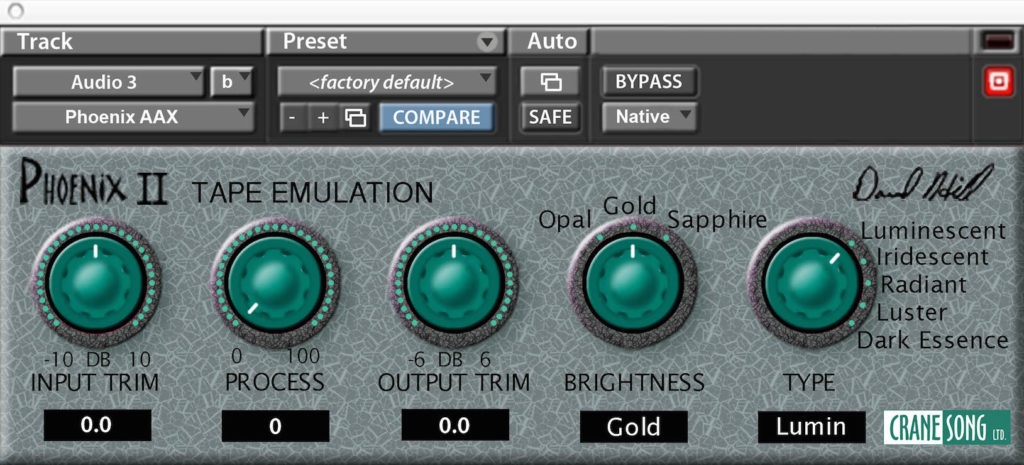
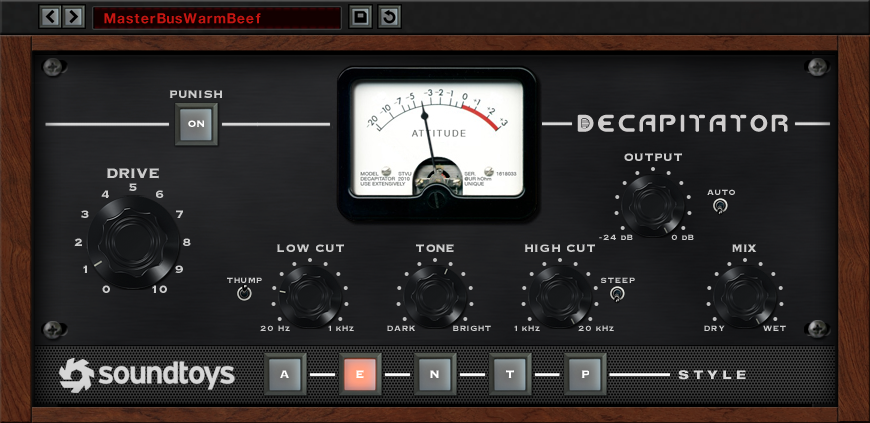
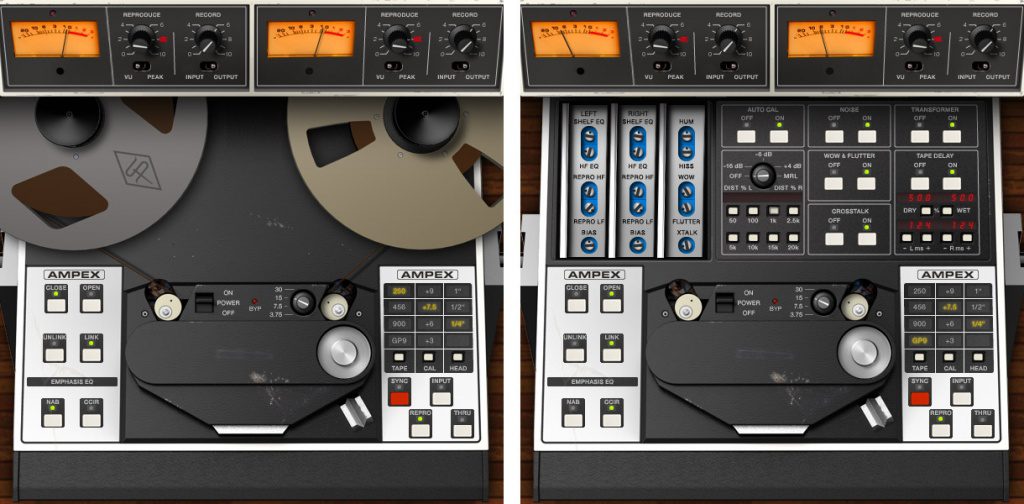
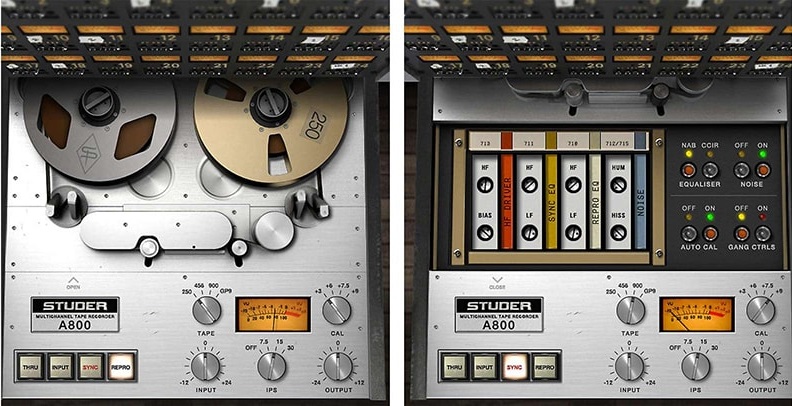
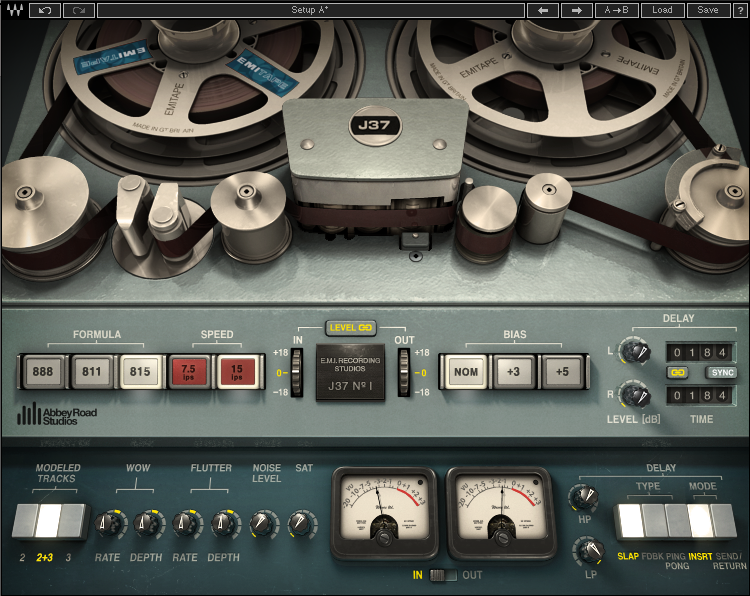
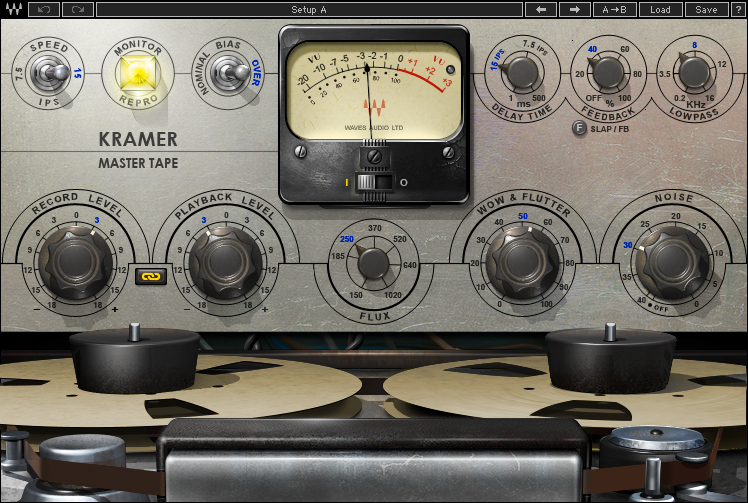

[…] Sure, owning an actual tape machine would be nice, but as they become more scarce and Read more… […]